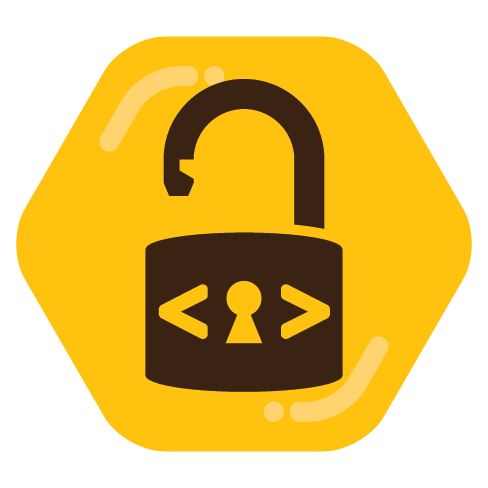

Not being predictable by us does not mean they offer free will.
The preconditions are so precise that you’ll never be able to get exactly the same results from trying to do the same thing twice - you’ll never be able to do the same thing twice. But that doesn’t stop cause and effect determining the outcome. There is no place where free will can enter in to any equation at any micro or macroscopic level and just having unpredictable microscopic events doesn’t give you control of your own destiny. This is totally separate from your own perceptions of having choices you make. Personally I find myself doing things I didn’t consciously choose to do. Once you start noticing them you might find more and more.











I’ve recently bought some studio monitors to replace a hifi I was using and they didn’t come with grilles. Seems to be a difference between studio kit and the hifi world.